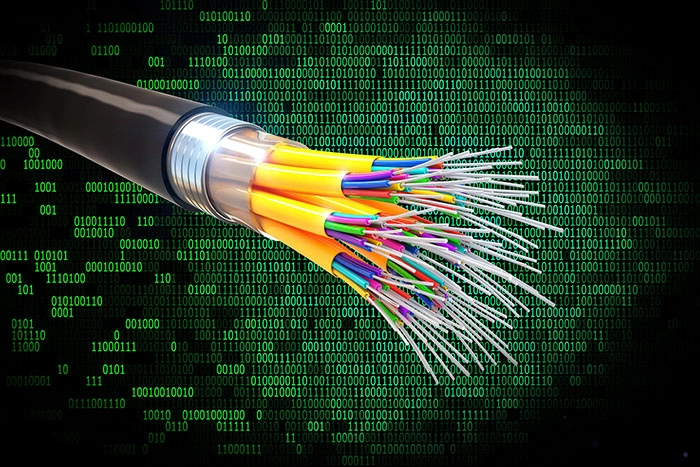
Blog
blog Location: Home > Blog > Technical Article
Location: Home > Blog > Technical Article
 Update Time:2025-08-14
Update Time:2025-08-14 Traffic:
Traffic: 文章摘要: Fiber - optic lights have become a popular choice for creating dreamy and unique lighting effects in various spaces. This article delves into the working principles, types, applications, and advantages of fiber - optic lights, as well as provides tips on installation and maintenance. It aims to offer a comprehensive understanding of these magical lights that can transform ordinary spaces into enchanting ones.

Table of Contents:
- What is a fiber optic light?
The working principle of fiber optic lamps
Types of fiber optic lamps
Application scenarios of fiber optic lamps
The advantages of fiber optic lamps
Installation and maintenance of fiber optic lamps
Fiber - optic lights are a type of lighting system that uses optical fibers to transmit light. They consist of a light source, a bundle of optical fibers, and sometimes end - effects such as diffusers or reflectors. The light source emits light, which is then guided through the optical fibers to the desired location. These lights have gained popularity in recent years for their ability to create unique and mesmerizing lighting effects.
The working principle of fiber - optic lights is based on total internal reflection. When light enters an optical fiber, it hits the inner wall of the fiber at an angle greater than the critical angle. This causes the light to be reflected back into the fiber instead of being refracted out. As a result, the light travels along the length of the fiber until it reaches the end, where it can be emitted as a point of light or used to create various lighting effects. The light source for fiber - optic lights can be a halogen lamp, an LED, or other types of light - emitting devices.
There are several types of fiber - optic lights available on the market. One common type is end - glow fiber - optic lights, where the light is emitted from the ends of the optical fibers. These are often used for creating star - like effects in ceilings or for accent lighting. Another type is side - glow fiber - optic lights, which emit light along the sides of the fibers. They are suitable for creating linear or strip - like lighting effects, such as for outlining architectural features or for decorative purposes. Additionally, there are also branched fiber - optic lights, which allow for more complex lighting designs by distributing the light to multiple branches.
Fiber - optic lights have a wide range of applications. In interior design, they can be used to create a dreamy and romantic atmosphere in bedrooms, living rooms, or dining areas. For example, installing end - glow fiber - optic lights in the ceiling can mimic a starry night sky, adding a touch of magic to the space. In commercial spaces such as restaurants, bars, and nightclubs, fiber - optic lights can be used to create eye - catching lighting displays to attract customers. They are also commonly used in art installations and exhibitions to enhance the visual impact of the displays. Moreover, fiber - optic lights are used in some special applications like underwater lighting, as they can be made waterproof and are safe to use in wet environments.
Fiber - optic lights offer several advantages over traditional lighting systems. Firstly, they are very safe as the light source is separated from the actual lighting area. This means there is no risk of electric shock or overheating at the point of light emission. Secondly, they are energy - efficient, especially when using LED light sources. LEDs consume less power and have a longer lifespan compared to traditional bulbs. Thirdly, they are flexible in terms of design. The optical fibers can be bent and shaped easily, allowing for creative and unique lighting designs. Finally, they produce very little heat, which is beneficial for protecting delicate objects or materials in the vicinity of the lights.
Installing fiber - optic lights requires some technical knowledge. The light source should be placed in a well - ventilated area to ensure proper heat dissipation. The optical fibers need to be carefully routed and secured to prevent damage. When it comes to maintenance, regular cleaning of the light source and the optical fibers is recommended to ensure optimal performance. It is also important to check for any signs of damage to the fibers and replace them if necessary. However, overall, fiber - optic lights are relatively low - maintenance compared to some other lighting systems.
In conclusion, fiber - optic lights are truly magical lighting solutions that can transform any space into a dreamy and enchanting environment. Whether for home decoration, commercial use, or art projects, they offer a unique and captivating way to illuminate spaces.
